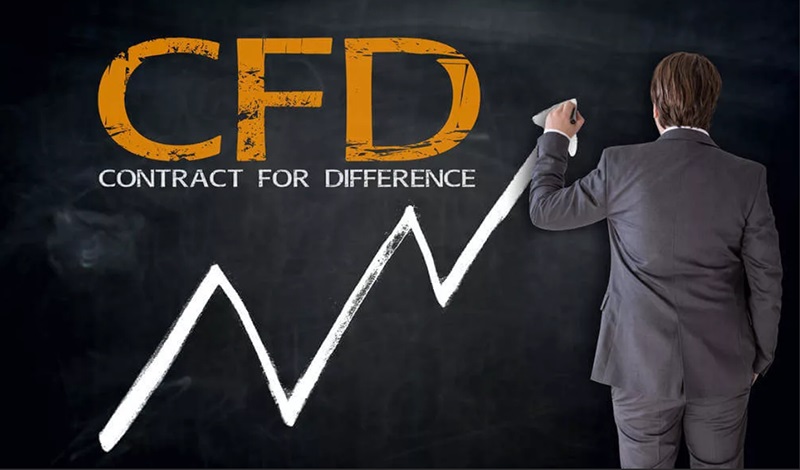Are you looking for a more flexible way to trade on financial markets without actually owning the underlying asset? If yes, then you need to learn about Contract for Differences (CFDs). CFDs are becoming increasingly popular among traders, especially those who want to speculate on price movements rather than actually owning a physical asset. In this blog post, we will take an in-depth look at cfds, how they work, their advantages and disadvantages, and how you can trade them.

What are CFDs?
CFDs are financial derivatives that allow traders to speculate on the price movements of financial assets such as stocks, indices, commodities, and currencies, without actually owning the underlying asset. With CFDs, traders can buy or sell contracts based on price movements, rather than owning the asset itself. If the price moves in the trader’s favor, they make a profit, but if it moves against them, they incur a loss.
How do CFDs work?
When trading CFDs, traders enter into a contract with a CFD provider, where they agree to exchange the difference in price of the underlying asset from the time the CFD is opened to the time it is closed. Traders can go long (buy) or short (sell) on a CFD, depending on whether they anticipate a rise or fall in the market price. The contract is settled in cash, and the profit or loss is calculated based on the difference between the opening and closing prices of the CFD.
Advantages of CFDs:
High leverage - CFDs offer traders the opportunity to trade with high leverage, which means that they can take larger positions than they would have been able to with their own capital.
No stamp duty - Unlike traditional trading, CFDs are exempt from stamp duty, making them a cost-effective option for traders.
Access to multiple markets - CFDs allow traders to access a wide range of financial markets, including currencies, commodities, indices and stocks, all from a single platform.
Short selling - CFDs allow traders to take advantage of market trends by selling short; that is, selling a contract and buying it back at a lower price to make a profit.
Disadvantages of CFDs:
High risk - Trading CFDs comes with high risk, as traders can lose more than their initial deposit due to leverage.
Hidden charges - Some CFD providers may charge hidden costs such as overnight funding charges, which can eat into a trader's profits.
No ownership - With CFDs, traders do not own the underlying asset and are not entitled to any dividends or ownership rights.
Volatile markets - Because CFDs are based on price movements, they can be affected by rapid market changes, resulting in significant gains or losses.
How to Trade CFDs:
To trade CFDs, you need to find a reputable CFD provider and create an account. You will be required to verify your identity and provide proof of residence. Once your account is set up, you can deposit funds and start trading. Before you start trading, it is important to understand the risks involved and to have a trading plan in place. You should also familiarize yourself with the CFD provider's trading platform and their policies on margin calls, overnight funding charges, and fees.
Conclusion:
Contract for Differences (CFDs) offer traders a flexible and cost-effective way to trade financial markets without owning the underlying asset. They allow traders to access multiple markets and to take advantage of short-selling opportunities. However, CFDs come with high risk, hidden charges, and no ownership rights. Before trading CFDs, it is important to understand the risks involved and to have a solid trading plan in place. Overall, CFDs can be a useful tool for experienced traders who understand the markets and are willing to take on the risks involved.
 icons at the top right corner of the subsection.
icons at the top right corner of the subsection.